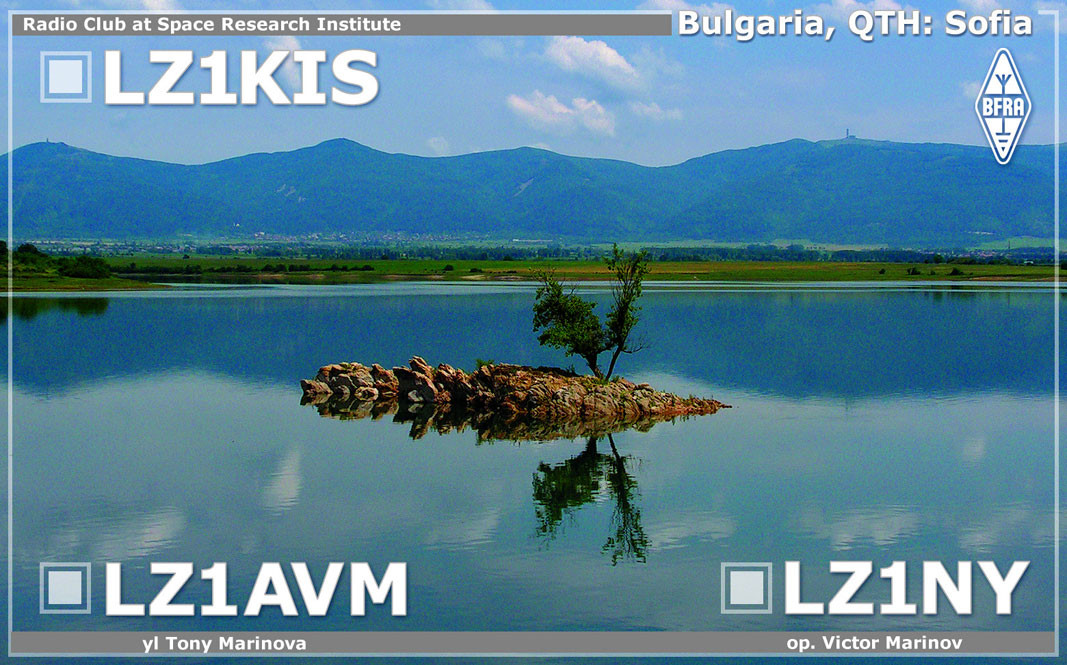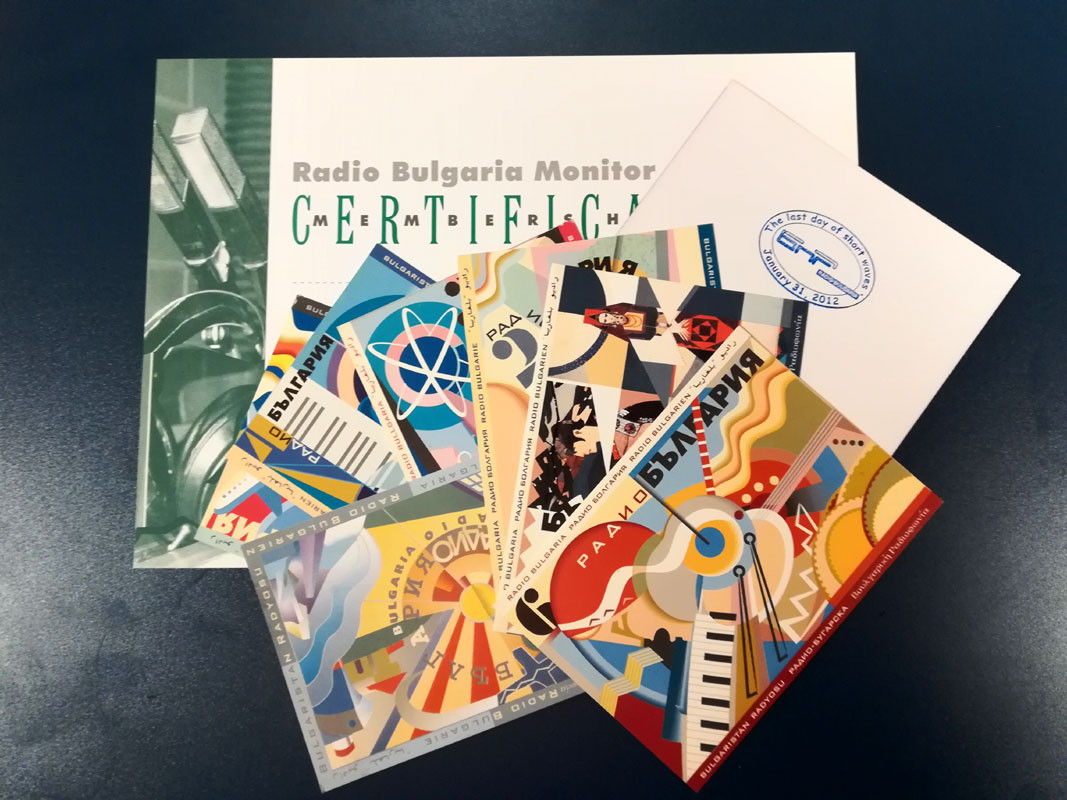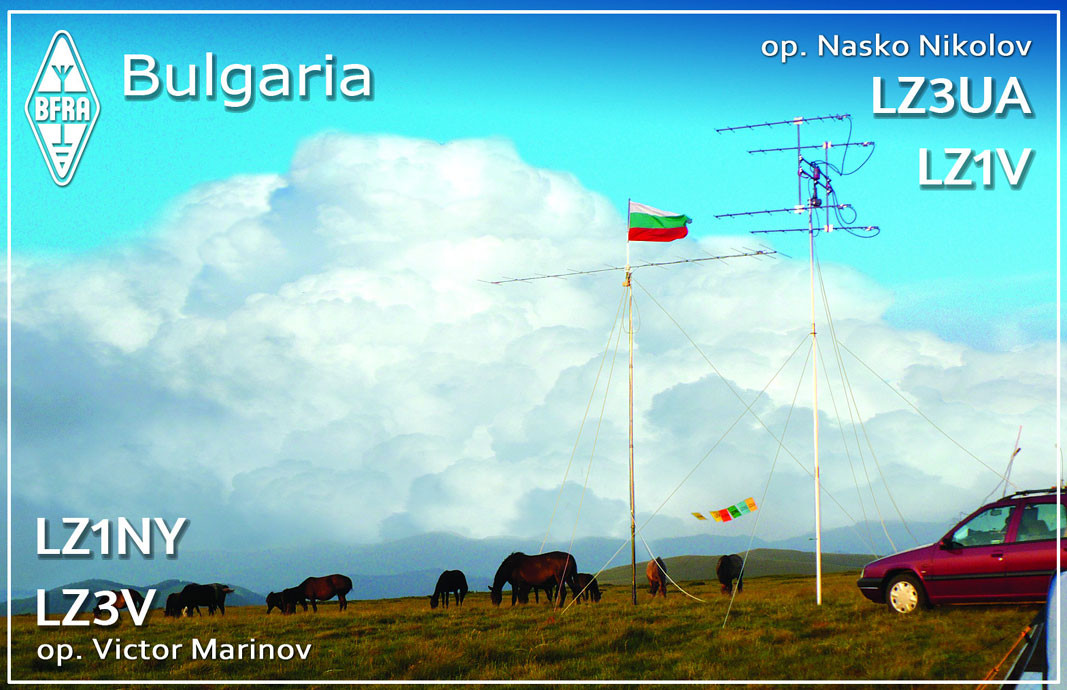On 24 November 90 years ago a group of engineers, amateur radio operators carried out the first contact, and one day later the first radio transmission in Bulgaria. To date, the Communications Regulation Commission has registered over 6,000 individual ham radio operators, plus quite a few club stations. What they talk to each other about on the air is what connects them all as hobby – radio.
“We have an interest in keeping relations among DXers from all over the world positive,” says Victor Marinov, a DXer since 1977. “That is why when making contact it is not acceptable to use rude or offensive language, no conversations on political, ethnic, religious or racial issues are allowed. There is a so-called good conduct code which we observe and pass onto the next generations as a mode of conduct, sense of tolerance, of mutual assistance amongst us.”
DXers have their own ham radio stations and recognize one another by their unique call signs. Call signs consist of two parts – a prefix and a suffix and are divided following a territorial-administrative principle.
“For Bulgaria the prefix is LZ, followed by a number. An even number means that the radio station is registered in Northern Bulgaria, an odd number – in the Southern part of the country. Call signs starting with LZ0 are assigned to radio repeaters and amateur radio propagation beacons. After the number comes a 2 or 3 letter suffix. That is our name in the world amateur radio society. My own call sign is LZ1NY and it is unique,” Victor Marinov says.

Another interesting element in amateur radio are the QSL-cards – a document that confirms the radio connection.
“The QSL-cards have a date, time, radio frequency or band used and other details,” Victor Marinov says. “Each DXer chooses the design of the QSL-card himself, what it should include because it is proof of contact made, but also a memento.”
Victor Marinov says that it is not always the most distant contact that is the most exciting. He has had contacts with people on the other side of the globe – New Zealand and Australia, but he was much more excited to establish contact last month with a Bulgarian expedition in Kiribati in the Pacific.
“I don’t know who the next exciting contact will be with – it is somewhere in the future. Sometimes the contact is with someone interesting who can lend meaning to your whole evening. DXers are all kinds of people by profession – actors, politicians, quite a few scientists of world renown, and it is interesting to make contact with any one of them. It makes no difference who you are – worker, doctor, engineer or the King of Jordan, as ham operators we are all equal.”

Is ham radio disappearing with the advent of new technologies?
“Ham radio is based on digital, communications and information technologies. With their explosive development ham radio is far from disappearing, it is constantly being enriched. Many of the new technologies and methods are tested by DXers, and many have turned their hobby into a profession. For me it is more than an ordinary hobby, it is a way of life and has shaped by development.”

There is another side to ham radio, the best side of all – 73:
“It is ham radio code for “All the best”. It came into being at a time when radio communication was mostly Morse code and to transmit whole sentences took a long time. So, codes and abbreviations were introduced. 73 – All the best – is usually used at the end of the radio communication.”
From today, residents of Stara Zagora, young and old, can send their letter to Santa Claus. A letterbox has been set up in the foyer of the city's State Puppet Theatre to collect messages for Father Christmas. The cultural institution guarantees that..
A Christmas tree with Bulgarian decorations has been placed in a central location at the Griffin Museum of Science and Industry in Chicago. For the fifth consecutive year, Bulgarians living in Chicago crafted the lavish decoration of the Bulgarian..
The usurpation of cultural heritage is one of the many inevitable consequences of any military conflict, both historically and today. Until the end of the war in Ukraine, it is impossible to adequately analyse the extent of the damage caused to the..

+359 2 9336 661
